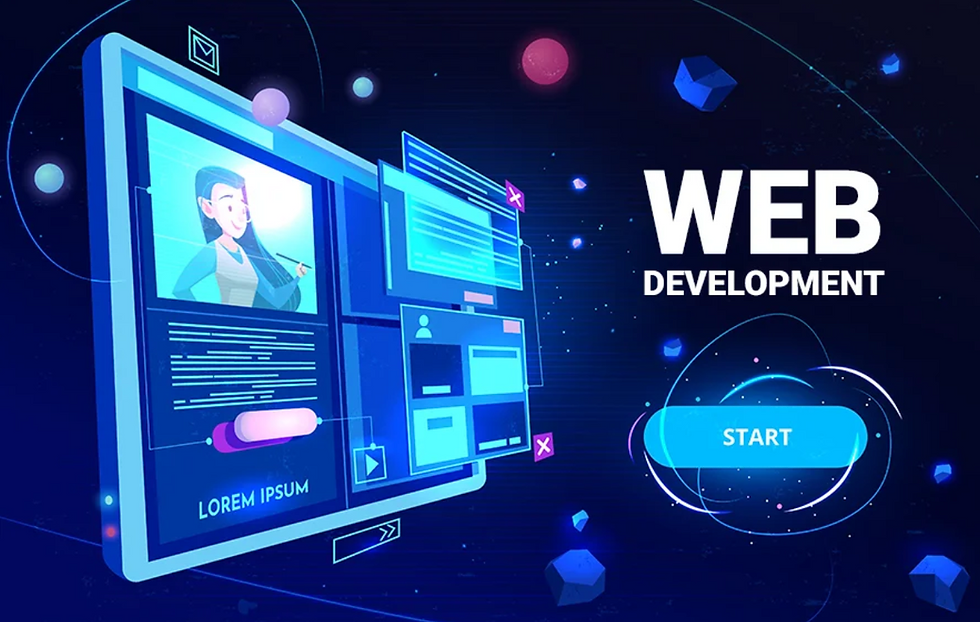Top 10 Tools for Data Scientists
- ghoshricha08
- May 22
- 4 min read

The Course in Data Science Offline is growing. Professionals searching for hands-on experience with modern tools used in real-world projects have driven demand for offline programs beyond all others.
Whether fresh or experienced, every data scientist depends on a strong set of tools to extract insights, model outcomes, and show meaningful visualizations in a society driven by data.
But given the abundance of choices now at hand, which ones really make a difference? Let's examine closely the top 10 tools that data scientists have to learn in 2025 if they are to remain relevant, effective, and competitive in this exciting industry.
1. Python: The King of Data Science
Python is the essential foundation of the data science ecosystem, serving as more than just a programming language.
Python has evolved into a go-to tool for everything from data cleansing to machine learning modeling, thanks in large part to its simplicity and numerous libraries, including NumPy, Pandas, Matplotlib, and Scikit-learn.
Python is probably your first stop, whether you're enrolled in an online bootcamp or a Data Science Course offline. Its adaptability makes it perfect for both data analytics and artificial intelligence beginners and specialists.
2. R: The Statistical Powerhouse
R still has great power in statistical modeling. R is ideal for extensive statistical analysis and hypothesis testing.
Among the many packages are ggplot2, dplyr, and caret. It's particularly preferred in fields including research-intensive businesses and academics.
R is an invaluable resource in exploratory data analysis (EDA) since its data visualization features are strong and usually more understandable than those of other systems.
3. Jupyter Notebook: The Interactive Notebook
Jupyter Notebook transformed data scientists' sharing and documentation of their methods. It lets live code, equations, graphics, and explanatory text all fit within one document.
Whether your training is on actual projects or in an offline data science course, Jupyter provides a clear, repeatable environment perfect for group work and experimentation.
4. SQL: Speak the Language of Databases
Without SQL, a data scientist is like a doctor devoid of a stethoscope. Extracting, modifying, and analyzing data kept in relational databases depends on Structured Query Language (SQL).
Data experts may easily access vast databases straight from the source and execute complex operations with SQL tools such as PostgreSQL, MySQL, and Microsoft SQL Server.
5. Tableau: Visualizing Data Stories
Among the most user-friendly data visualization tools available is Tableau, which lets users produce intelligent reports and dashboards free from any coding.
Tableau turns complicated data into useful stories for companies and decision-makers. Data scientists apply it not only for visualizing but also for comprehending trends that could support strategic decisions.
6. Power BI: Microsoft's Answer to Business Intelligence
Power BI is a favorite among companies already using tools like Excel or Azure since it provides perfect connection with Microsoft products.
The strong analytics capabilities, data wrangling tools, and real-time dashboard updates make this tool essential for jobs in business-oriented data science, rendering it invaluable.
7. Apache Spark: Handling Big Data with Speed
Designed for lightning speed big data processing, Apache Spark is It is extensively applied in real-time data analytics and machine learning projects and supports languages including Scala, Java, Python, and R.
Spark provides scalable and efficient distributed computing capability for data scientists handling vast amounts of data.
8. TensorFlow: Deep Learning Simplified
Google developed TensorFlow, a powerful instrument for creating deep learning and machine learning models. TensorFlow allows advanced model construction with relative simplicity, from image recognition to natural language processing.
Knowledge of TensorFlow is becoming necessary for contemporary data scientists as artificial intelligence and neural networks grow more common.
9. Git & GitHub: Collaboration and Version Control
Version control is required for every project; Git combined with GitHub offers exactly what is needed. These tools let data scientists keep code quality, manage changes, and work with teams.
Git knowledge is essential to guarantee seamless teamwork and code management regardless of your contribution to open-source projects or teamwork.
10. Excel: The Classic That Never Dies
Yes, Microsoft Excel still finds a place in the data science toolset even in the age of machine learning and artificial intelligence. It is especially helpful for fast data analysis, producing reports, and creating basic dashboards.
For business analysts switching into data science, advanced Excel tools such as pivot tables, Power Query, and macros can handle shockingly difficult tasks.
How to Choose the Right Tool?
Every data science endeavor has particular needs. While some would be research-intensive (choose R or Python), others may require real-time analytics (go for Spark). The difficulty is analyzing
Data size and complexity
Objectives of a project
Team cooperation requires
Visuality calls for
Working with current systems
A well-rounded offline data science course usually covers at least 6–8 of these technologies, ensuring that learners are industry-ready from the first day.
Conclusion
Learning these skills improves not only your resume but also your communication, problem-solving, and thinking ability. Institutions like a reputable Data Science Training Institute in Delhi are including tool-based learning in their curriculum to equip future-ready specialists as the demand for qualified data professionals keeps increasing.
If you're committed to having a good career in analytics or artificial intelligence, concentrate early on tool mastery. Your ability to switch up your equipment based on project requirements will make you stand out in a competitive job market.
From TensorFlow neural networks to Power BI dashboards, the correct tools will magnify your capacity to derive significant insights and guide important decisions.



Comments